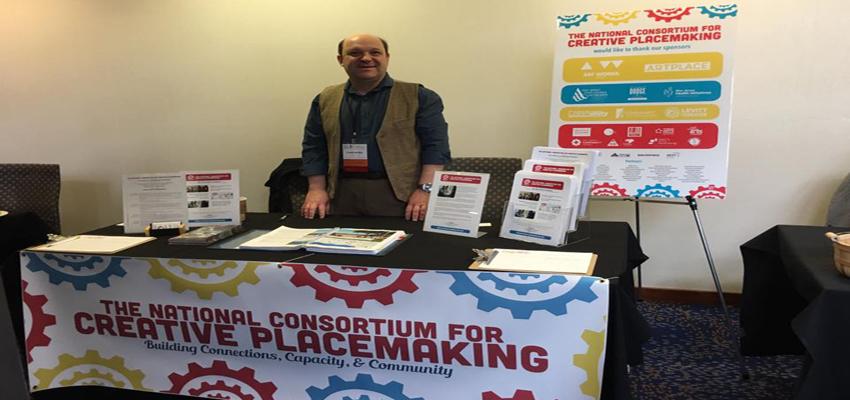So by now, you may have heard of this thing called “creative placemaking,” and it’s got something to do with public art and making places better. That’s nice, but isn’t that what communities have been doing for a long time? Why are so many people – especially funders – talking about it? Is it just old wine in a new bottle? Even though it might look like something you’ve seen in the glass, it’s a whole new drink. It’s true that communities in America have been putting up public art for more than a century. The Municipal Art and City Beautiful movements of the late 1800s and early 1900s led to a lot of monumental museums, statues, parks and major festivals in places like New York, Newark and Philadelphia. Since then, cities and towns of all sizes have been building big theaters, creating arts districts and installing public art. Then, how does creative placemaking differ if it also leads to new theatres, arts districts, public art and art events? The products may be similar, but the processes are quite different. The traditional way of doing things – which, unfortunately, is still the most common – is to focus on just putting something on the ground, and hoping good things follow. This is the “build it and they will come” model. Sometimes they do, but often they don’t – or at least not that many of them. Creative placemaking, on the other hand, is about strategically guiding arts and local culture to address social, cultural and economic issues – with as many partners and supporters as feasible. So, instead of starting off by saying, “We need a big new theater; where should we put it,” creative placemakers start by bringing together a wide variety of partners, identifying and prioritizing key issues and thinking about how arts and local culture can address them.

Success for the traditionalist may be building the theater and getting a lot of people in the doors; the creative placemaker wonders how that theater is helping the family that can’t pay $75 per ticket. One of the earliest examples of creative placemaking in New Jersey was the New Jersey Performing Arts Center in Newark. It was designed with a large public area in front to provide free and affordable arts to residents, visitors and workers. And it has a long history of offering programs that reflect the diverse cultures within Newark. If you’ve been doing this type of work successfully, great. You’re a creative placemaker. And congratulations; it is hard work. Creative placemaking is more than doing one project, because one alone is not going to have a big, long-term impact. Creative placemakers have to know how to build and keep alliances between the streets and the suites, lead people past inevitable mistakes and disappointments, understand their communities like a scientist reading someone’s DNA and do things that are both inspiring and fun. –Oh, and generate ongoing funding in a highly competitive environment with too few funders. There are plenty of guidebooks, but no blueprints. You have to find your own way to be successful. Creative placemaking is a type of art movement where the community is an always-moving canvas and the partners are designing, painting and reworking the composition. Like a craft cocktail you might find at a cool bar, it mixes old ingredients in new ways. About The National Consortium for Creative Placemaking The National Consortium for Creative Placemaking was created five years ago to help artists, cultural organization leaders, public officials, urban planners and others develop the diverse array of skills and knowledge to help build more effective creative placemakers. We offer workshops, conferences, webinars and a Certificate program.









